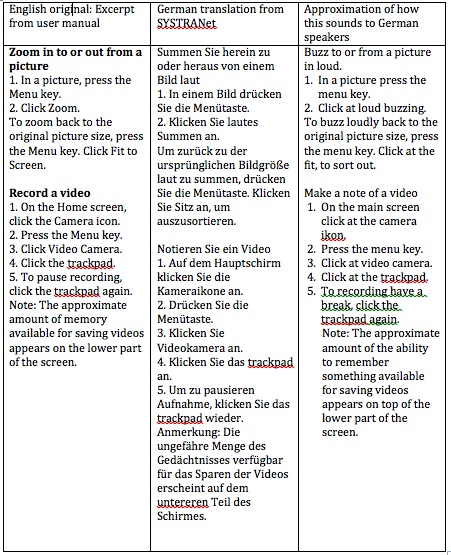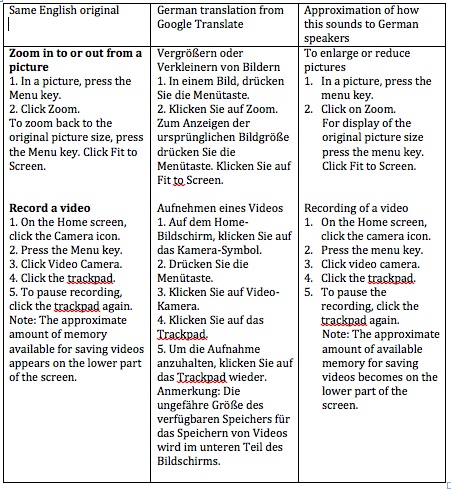As a sort of companion piece to last week’s post on the popularity of foreign books, I thought today I’d write about foreign films. I’ll put forward my reasons for and against watching foreign films, and hopefully we can get some more reasons in the comments. 🙂 Then I’ll take a look at why foreign films are less popular than films in English.
Why I like to watch foreign films
- I learn about different cultures.
- I see loads of different approaches to filmmaking.
- I’m a linguist and a translator, so I like practicing my language skills and checking out the translation choices in the subtitles.
- They’re great entertainment (mostly)!
Why I don’t like to watch foreign films
- I often find them slow-moving or heavy.
- I often find the storylines weird or unsatisfying somehow.
- I find it hard to focus on the subtitles and the image at the same time.
- If I know the original language of the film, it can be frustrating/distracting having two different channels through which I’m receiving the dialog.
I think that’s about it. I guess if I didn’t have knowledge of/interest in other languages, my likelihood of watching would come down to whether I enjoyed the story, and the extent to which I was willing to put up with subtitles.
My husband doesn’t speak other languages, and hopefully won’t mind me saying he is quite resistant to watching foreign films, but I have managed to drag him to some that he has enjoyed! I think the subtitles aren’t the issue for him, I think it’s more about a different film style, which is maybe disturbing, or has too little action, or doesn’t conclude the story that makes him not enjoy foreign films rather than anything to do with the language or the translation, and I can relate to that. Many English language films have subtitles during parts of the movie, and it doesn’t seem to bother anyone. And personally I prefer subtitles to dubbing, as the dubbed voices, even if there’s perfect lip synchronization, sound completely incongruous with the other aspects of the characters.
So the language or subtitle issue may not be the real deterrent to people watching foreign films. It may be the unfamiliar style of the films themselves. Or maybe the lack of recognizable stars? Yesterday I read an article on Subtitled Online, a foreign film review site, which questioned the unpopularity of subtitled films, especially among English-speaking audiences. It wasn’t a great article, but it did bring up one point that I think is important, which is that interest in foreign films may be influenced by how they are promoted (or not) in the media, rather than by the fact that they are foreign, or that you have to read subtitles to watch them. I feel sure that the portrayal of these films in the media does affect people’s view of them; for example, both the style and the stars could be made more familiar to audiences by greater promotion in English-speaking countries. As well, perhaps not emphasizing the language of the film would help. And just the fact that these films can’t be found easily, or are only found on particular TV channels, or at film festivals, makes them seem less appealing than standard Hollywood blockbusters, so wider publicity could help here too.
What do you think? What do you like or dislike about foreign films? Do subtitles bother you? Let me know in the comments!


